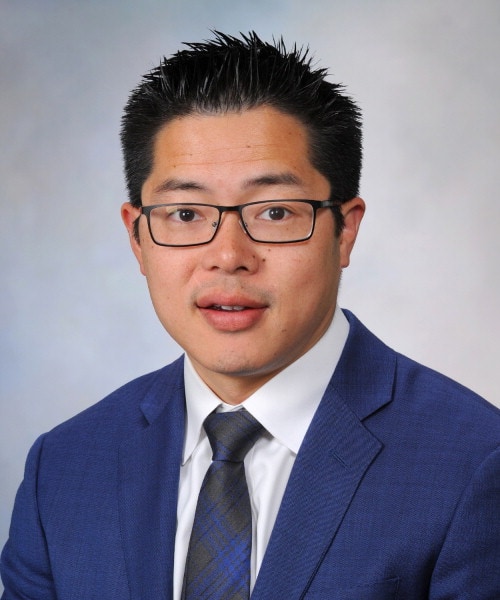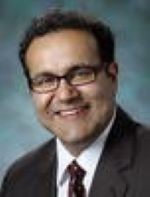PNA Medical Corner: Pituitary Surgical Technique
This month the PNA Medical Corner showcases a study co-authored by three members of the PNA: Drs. Susan Samson, Kaisorn Chaichana and Alfredo Quinones-Hinojosa of the Mayo Clinic in Jacksonville, Florida. The study found that endoscopic endonasal resection of the medial wall fo the cavernous sinus is associated with better hormonal control later on, but requires advanced surgical skill.
Endoscopic Endonasal Resection of the Medial Wall of the Cavernous Sinus and Its Impact on Outcomes of Pituitary Surgery: A Systematic Review and Meta-Analysis
Leonardo J M de Macêdo Filho 1 2, Ana Vitória G Diógenes 1, Esther G Barreto 1, Bhavya Pahwa 3, Susan L Samson 2 4, Kaisorn Chaichana 2, Alfredo Quinones-Hinojosa 2, Joao Paulo Almeida 2 Affiliations expand
- PMID: 36291288 DOI: 3390/brainsci12101354
Abstract
Introduction: Pituitary adenomas have the potential to infiltrate the dura mater, skull, and the venous sinuses. Tumor extension into the cavernous sinus is often observed in pituitary adenomas and techniques and results of surgery in this region are vastly discussed in the literature. Infiltration of parasellar dura and its impact for pituitary surgery outcomes is significantly less studied but recent studies have suggested a role of endoscopic resection of the medial wall of the cavernous sinus, in selected cases. In this study, we discuss the techniques and outcomes of recently proposed techniques for selective resection of the medial wall of the cavernous sinus in endoscopic pituitary surgery.
Methods: We performed a systematic review of the literature using the Preferred Reporting Items for Systematic Reviews and Meta-Analyses (PRISMA) guidelines and protocol and a total of 4 studies with 106 patients that underwent an endoscopic approach for resection of pituitary tumors with resection of medial wall from cavernous sinus were included. Clinical and radiological data were extracted (sex, mean age, Knosp, prior surgery, tumor size and type, complication rate, and remission) and a meta-analysis using the RevMan 5.4 software was performed.
Results: A total of 5 studies with 208 patients were included in this analysis. The mean age of the study population was 48.87 years (range 25-82) with a female/male ratio of 1:1.36. Majority of the patients had Knosp Grade 1 (n = 77, 37.02%) and Grade 2 (n = 53, 25.48%). The complication rate was 4.81% (n = 33/106) and the most common complication observed was a new transient CN dysfunction and diplopia. Early disease remission was observed in 94.69% of the patients (n = 196/207). The prevalence rate of CS medial wall invasion varied from 10.4 % up to 36.7%. This invasion rate increased in frequency with higher Knosp Grade. The forest plot of persistent disease vs. remission in this surgery approach showed a p < 0.00001 and heterogeneity (I^2 = 0%).
Discussion: Techniques to achieve resection of the medial wall of the cavernous sinus via the endoscopic endonasal approach include the “anterior to posterior” technique (opening of the anterior wall of the cavernous sinus) and the “medial to lateral” technique (opening of the inferior intercavernous sinus and). Although potentially related with improved endocrinological outcomes, these are advanced surgical techniques and require extensive anatomical knowledge and extensive surgical experience. Furthermore, to avoid procedure complications, extensive study of the patient’s configuration of cavernous ICA, Doppler-guided intraoperative imaging, surgical navigation system, and blunt tip knives to dissect the ICA’s plane are recommended.
Conclusion: Endoscopic resection of the medial wall of the cavernous sinus has been associated with reports of high rates of postoperative hormonal control in functioning pituitary adenomas. However, it represents a more complex approach and requires advanced experience in endoscopic skull base surgery. Additional studies addressing case selection and studies evaluating long term results of this technique are still necessary.
Keywords: cavernous sinus; endoscopic; medial wall resection; neurosurgery; pituitary adenomas.

Dr. Susan Samson

Dr. Kaisorn Chaichana

Dr. Alfredo Quinones-Hinojosa
